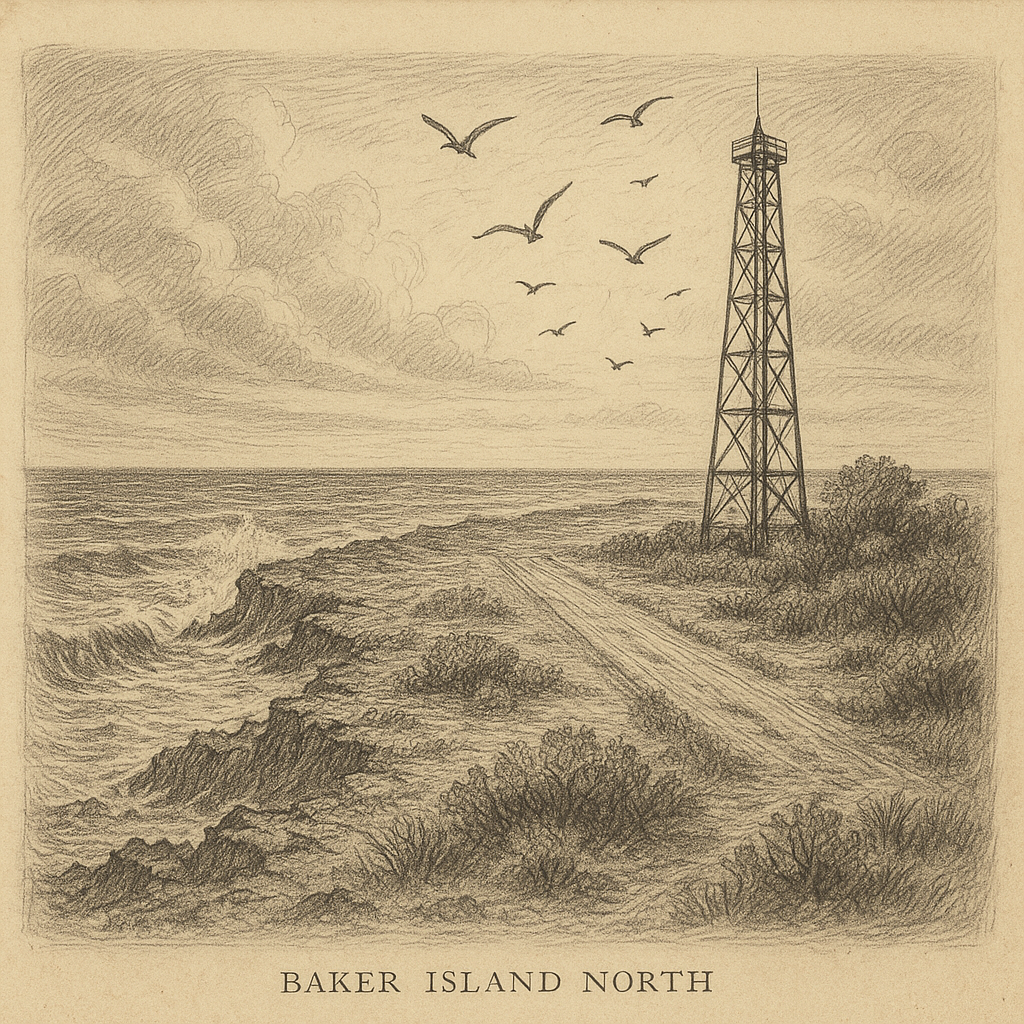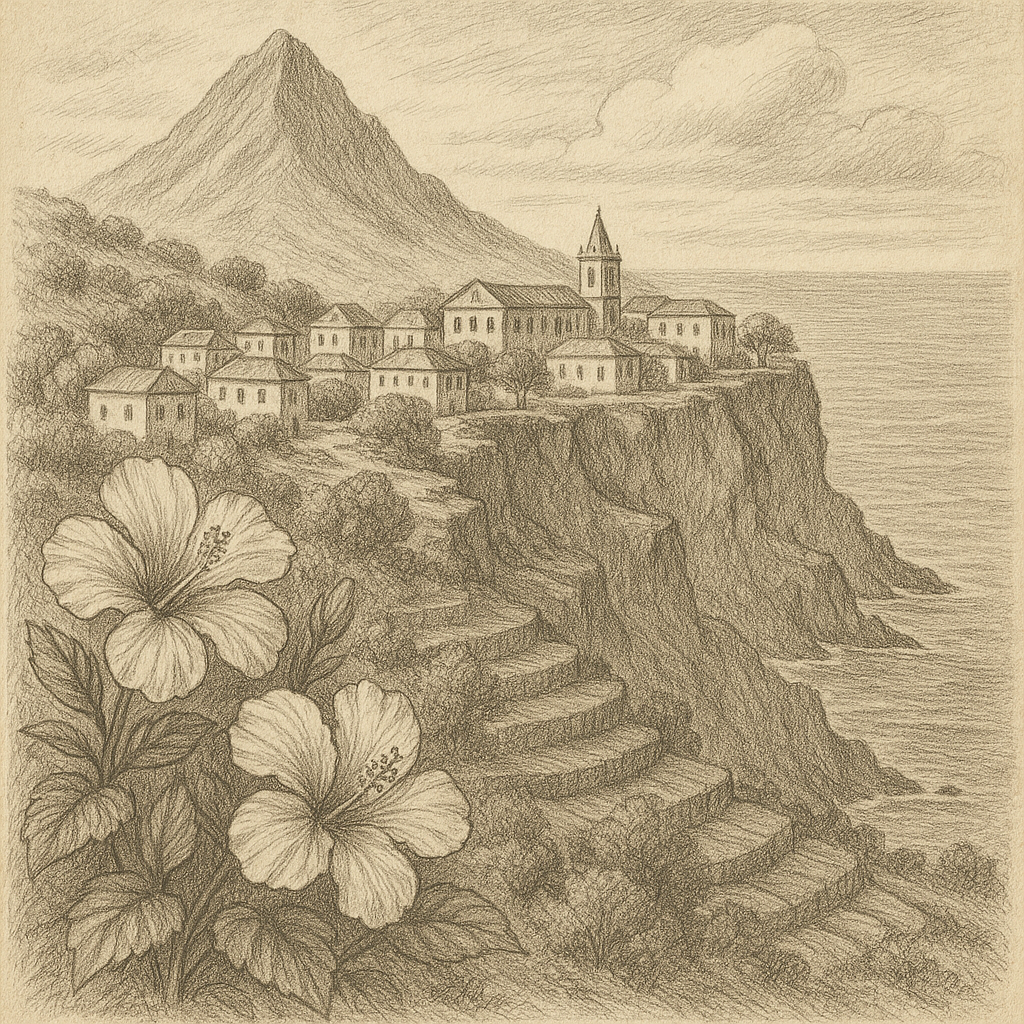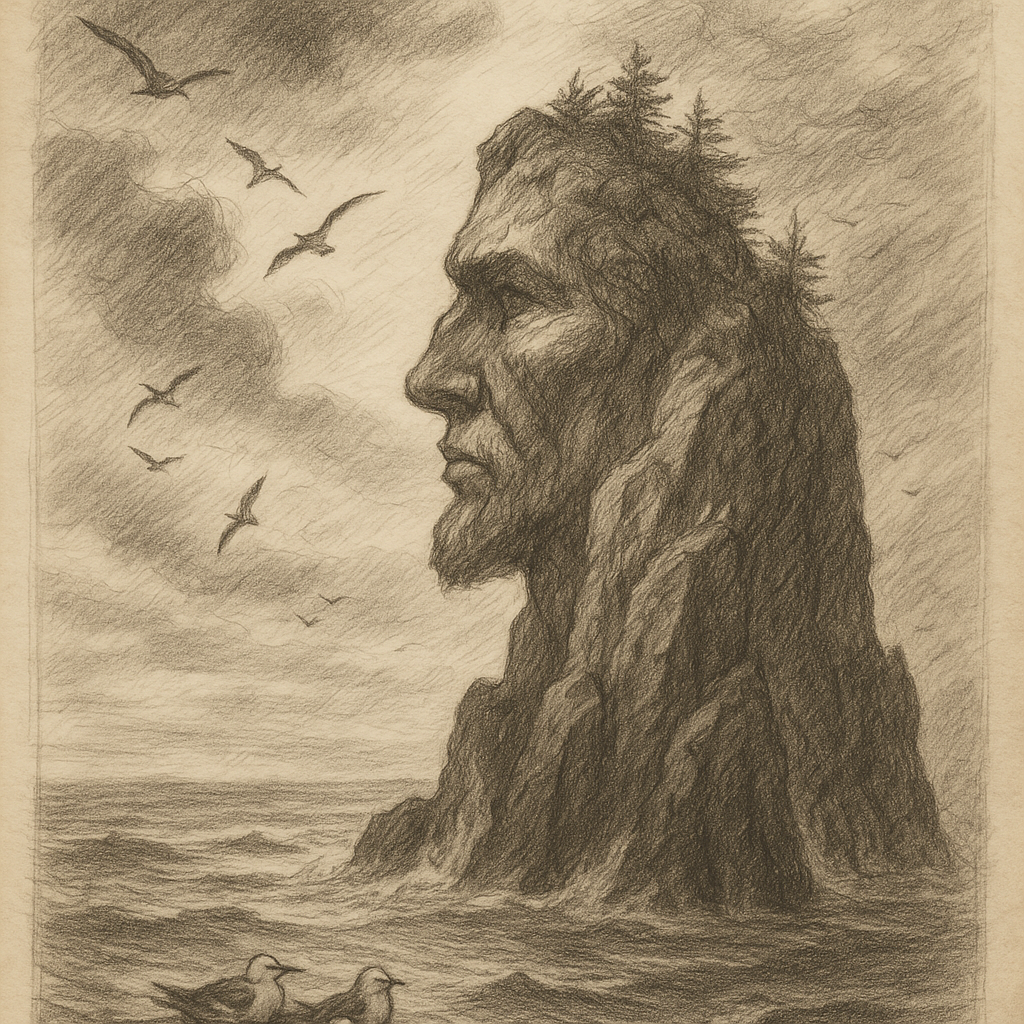Ascension Island: A Remote Sentinel in the South Atlantic
Introduction
Ascension Island, an isolated volcanic landform in the heart of the South Atlantic Ocean, remains a place of intrigue and ecological importance. This remote British Overseas Territory is best known for its strategic location, unique natural history, and almost otherworldly landscape. Though small in size and population, it plays a significant role in both scientific research and global communications.
Geographical Location and Geology
Ascension Island lies approximately 1,600 kilometers from the coast of Africa and 2,250 kilometers from South America. It is part of the British Overseas Territory of Saint Helena, Ascension and Tristan da Cunha.
The island forms part of the Mid-Atlantic Ridge and is situated atop the Ascension Fracture Zone. Its geological origins are volcanic, resulting in a rugged landscape dominated by lava fields, cinder cones, and basalt rock formations.
The island is the peak of an enormous undersea volcano that rose from the ocean floor about one million years ago. Natural landmarks like Green Mountain, the island’s highest point at 859 meters above sea level, bear testimony to its tumultuous volcanic past.
Volcanic Origins and Climate
Ascension Island is geologically young, with its surface features largely sculpted by volcanic activity as recent as a few hundred thousand years ago. Black lava flows are visible across much of the terrain.
Due to the arid climate, the landscape appears desert-like in many areas, but the climate is warmer and more humid near the higher elevations of Green Mountain, which benefits from orographic rainfall and has been partially reforested with introduced plant species.
With average annual rainfall ranging from 200 mm on the coasts to 1,000 mm on the Green Mountain slopes, the island supports a unique microclimate that allows some agriculture and sustains diverse flora and fauna.
Ecology and Biodiversity
Despite its barren appearance, Ascension Island hosts unique and often endemic flora and fauna. The island’s isolated location has allowed for the evolution of several species that exist nowhere else in the world.
Marine life is especially vibrant. The surrounding waters serve as an important nesting site for the endangered green sea turtle (Chelonia mydas), which comes ashore in large numbers each year after long ocean migrations.
Seabirds including the Ascension frigatebird (Fregata aquila), once restricted to offshore islets due to predation by introduced species, are now gradually returning to the island itself thanks to conservation efforts.
The terrestrial ecosystem has been significantly altered by the introduction of non-native species. In the 19th century, British naturalist Joseph Dalton Hooker and Charles Darwin promoted the introduction of various plant species to modify the arid environment. Today, Green Mountain is home to a makeshift cloud forest composed of introduced junipers, bamboo, and banana trees, forming a sort of accidental man-made ecological experiment.
Human Presence and Strategic Importance
Ascension Island has no indigenous population. It was first discovered by Portuguese explorer João da Nova on Ascension Day in 1501, giving the island its name. For centuries, it remained largely uninhabited due to its harsh conditions.
In modern times, the island became strategically important. During World War II, it was used by the United States Army for a transatlantic ferry route. In 1967, the BBC World Service established a relay station on the island.
NASA used the island as an emergency landing site for the space shuttle program due to its location along the equator. The US Air Force also maintains an airstrip on Wideawake Field that supports military and surveillance operations.
At present, Ascension Island is inhabited primarily by a transient population of about 800–1,100 people, composed of contract workers, military personnel, and a few scientists. There is no birthright residency—people live and work under temporary contracts.
Tourism and Access
Tourist access to Ascension Island is limited and tightly controlled. Travel to the island requires a permit issued by the Ascension Island Government. Most visitors arrive via RAF flights from the UK or by ship.
Due to its unique history, challenging access, and ecological significance, the island is a destination primarily for scientists, amateur radio operators, and intrepid travelers.
Accommodation options are limited, and services focus on supporting the existing population rather than tourism. However, for those who make the journey, the island offers stark, beautiful landscapes and remarkable biodiversity.
Highlights and Interesting Facts
– Ascension Island boasts the world’s largest population of green turtles nesting on a single beach.
– Green Mountain became one of the world’s first examples of “ecological engineering” when 19th-century scientists attempted to terraform the summit.
– The island’s only native land animal is a unique species of stalking spider (Zodarion ascensionis).
– The BBC Atlantic Relay Station on the island circulates World Service programming across sub-Saharan Africa and the South Atlantic.
– The runway at Wideawake Airfield was extended in the 1980s to accommodate Space Shuttle emergency landings, though it was never used for that purpose.
– The island once played host to a sea rescue station for ships sailing in the early 19th century, long before the Panama Canal reshaped global shipping routes.
Myths and Legends
While Ascension Island’s documented history is young compared to other global outposts, several legends have formed around its remote and enigmatic character.
One such myth tells of a hidden treasure buried by pirates during the 17th century. Sailors would stop at Ascension for fresh water and rest, and tales of secret inland caches still swirl among explorers and treasure hunters.
Another enduring story is that of the “Screaming Stone” — a rock formation on the eastern coast where high winds rushing through crevices produce ghostly howls. According to local lore, these sounds are the voices of shipwrecked sailors trying to speak to the living.
Some modern satellite workers and radio operators have even reported hearing unexplained frequencies and odd transmissions during nighttime broadcasts, adding to perceptions of the island as a place where the boundaries between nature, technology, and the supernatural blur.
Conclusion
Ascension Island remains a testament to nature’s volcanic creativity and humanity’s search for strategic vantage points, hidden refuges, and natural wonders. With its strange blend of barren lava, man-made forests, and cutting-edge technology, the island stands as one of the world’s most singular and fascinating territories. Though access is restricted, the island continues to attract dreamers, scientists, and storytellers alike, all drawn by the mystique of a remote outpost in the deep blue of the South Atlantic.


